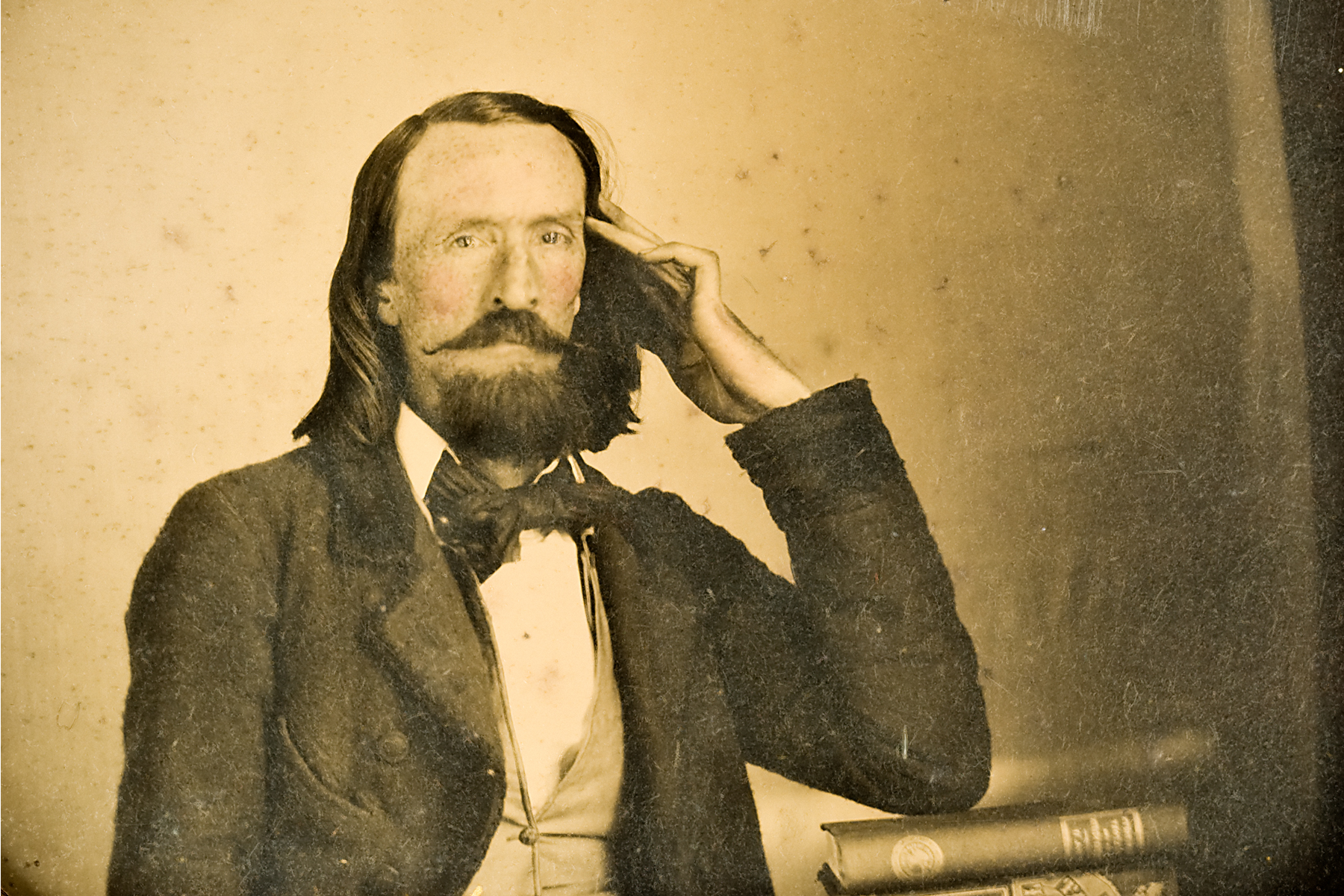In the spring of 1855, a group of French, Swiss, and Belgian settlers arrived on a tract of land west of the Trinity River in Dallas. These European immigrants had escaped the political revolutions of their home countries and led by writer Victor Considérant, were intent on creating an utopian socialist commune. This colony, called La Réunion, lasted less than two years, but it had a lasting impact on the history and growth of Dallas.
Considérant was a follower of socialist democrat Charles Fourier, who advocated for cooperative industry and social economy to restructure society and was exiled to Belgium after France’s 1848 revolution.
“The public mood is falling into a somnolence, helplessness, and torpor which smoothes the way for the domination of wealth and the invasion of corruption,” Considérant wrote in 1847.
When Considérant visited Texas 1852 and 1853, he was struck by its beauty and endless acres of land that resembled French wine country. Soon after, hundreds of Europeans contributed money to buy the land in hopes for political freedom and economic prosperity.
The Reunionists consisted of skilled artisans including bakers, ceramicists, masons, brickmakers, metalsmiths, and cobblers. They were also professionals like doctors, architects, engineers, botanists, and poets. But they were not farmers. The land brought many challenges that they were not equipped to face.
Firstly, the rocky terrain was not fertile ground for crops. The settlers arrived in May after the growing season had ended. Droughts and insect plagues furthered their difficulties in growing crops. The area was a hotbed of political tensions with Texas confederates disliking the free-thinking Europeans who opposed slavery.
The greater challenge proved to be internal dissension amongst the members about leadership and the future of La Réunion. In the summer of 1856, Considérant fled and abandoned the colony. Soon after, many of the remaining members returned to their homelands. La Réunion had failed.
Despite La Réunion’s failure, it helped spur Dallas’s development from a frontier trading post into a town for entrepreneurs. Although some settlers left the area, others stayed and established some of the earliest institutions in Dallas. Swiss-born Benjamin Long served as mayor, and Julien Reverchon became one of the premier botanists of his generation.
Reunionists may have contributed to the first designed building in the community. Intern architect Josse Vydragh designed a new hotel with Greek Revival details. A Belgian settler trained in fine cabinetry became a contractor and later served on Dallas’s first school board. Various settlers opened their own artisanal shops in the area.
Today, there are a few remnants of La Réunion in Dallas. Many people have forgotten about the history of the community, but Reunion Tower and Reverchon Park keep their memory alive.
Get the D CEO Newsletter
Author







